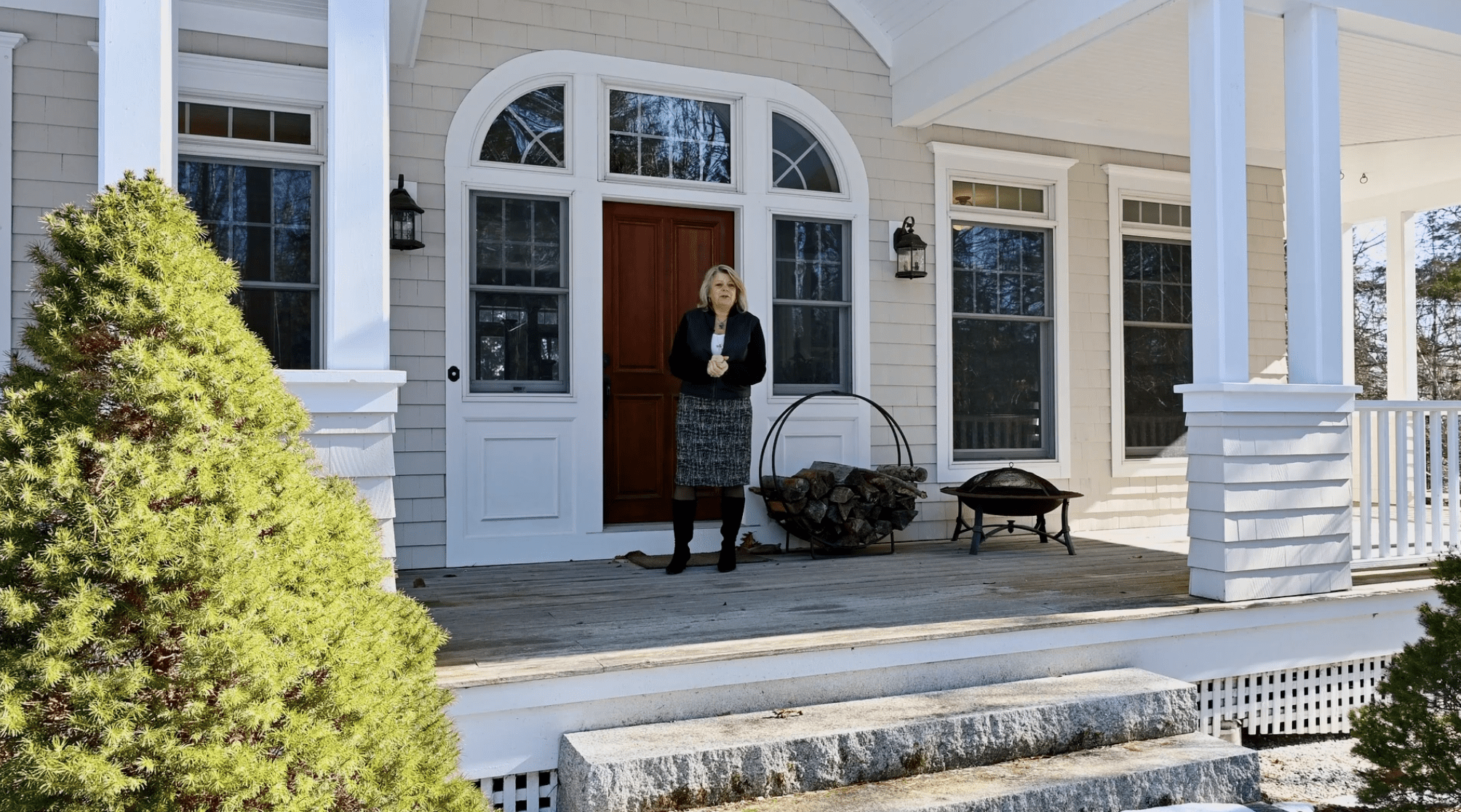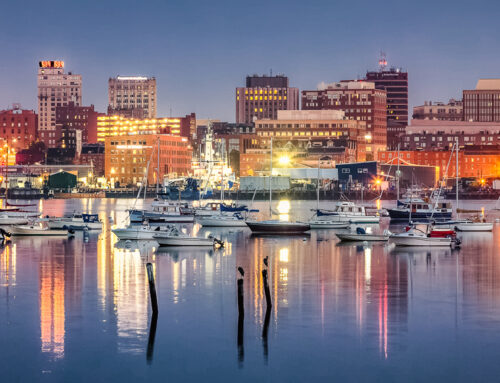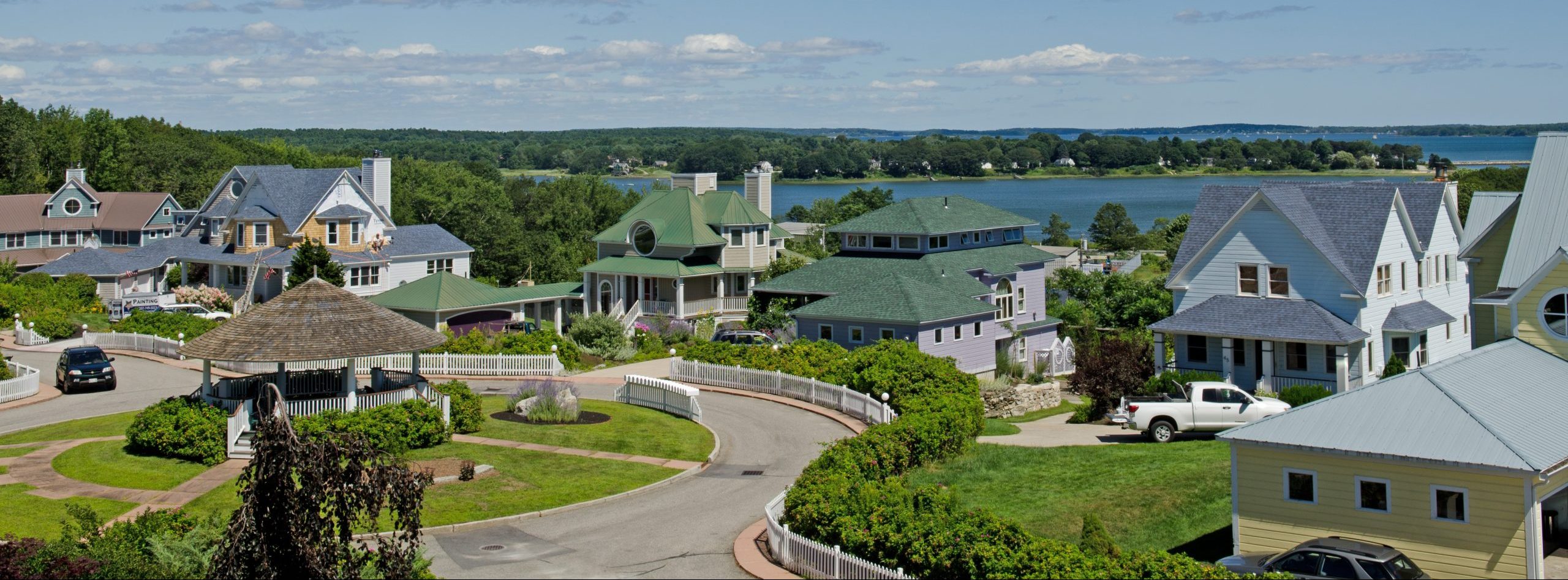November 8th is not that far away. That is the date for the referendum on expanding and upgrading the Civic Center.
 This $33 million project, which would take approximately two years to complete, includes new and remodeled restrooms, the expansion of the concourse, premium seating, an increase in concession stands and major improvements for handicap access.
This $33 million project, which would take approximately two years to complete, includes new and remodeled restrooms, the expansion of the concourse, premium seating, an increase in concession stands and major improvements for handicap access.
The loading dock on Center Street will also be upgraded thus allowing the Civic Center to attract larger and more performances. Outside, the building would take on a modern look that is designed to better better match the surrounding downtown area.
This would be the first renovation since the Civic Center opened 34 years ago.
According to Civic Center Board of Trustees Chairman Neal Pratt, the project would be be financed by a 25-year bond at an interest rate of 4.5% – although current municipal bonds are available with interest rates as low as 3%, thus reducing the overall cost.
Pratt also said the remainder of the annual cost would come from revenue generated by performances and a $1-per-ticket surcharge.
Local Architects Get Involved
As the city and county look to convince voters that expanding the Civic Center is a good idea, local architects are also getting involved. Mark Johnson, a member of the Portland Society of Architects, says the Jersey barriers (modular concrete barrier employed to separate lanes of traffic) that help divide Spring Street don’t belong in an urban setting.
Johnson sees a street largely out of scale with the surrounding environment, a “barrier” between the upper and lower portions of the city and an uninviting place for pedestrians.
To imagine what else Spring Street could be, the Portland Society of Architects is inviting its members to brainstorm design ideas and share their concepts with the city.
Once a two-lane street with its eastern end at Center Street, Spring Street in its current form is the product of a 1970s urban renewal project that had envisioned a system of ring roads around the city center, similar to what you would find in Europe.
Ring-road systems were seen as a way to help the inner city survive as the population and commercial activity moved to the suburbs. Franklin Street Arterial was the first part of the ring to be built. High and State streets were turned into one-way roads and The Spring Street Arterial was supposed to connect the Franklin Street Arterial with State Street via Middle Street, but the plan met with opposition and never happened.
Learn More
The renovation of the Civic Center is an important issue for not only the city, but all of Southern Maine. As Portland goes, so goes the Maine economy.
Moving to Maine?









